#sima shi
Explore tagged Tumblr posts
Text
👀✨💥Bombastic💥✨👀
25 notes
·
View notes
Text
hello dynasty warriors fans. are these anything
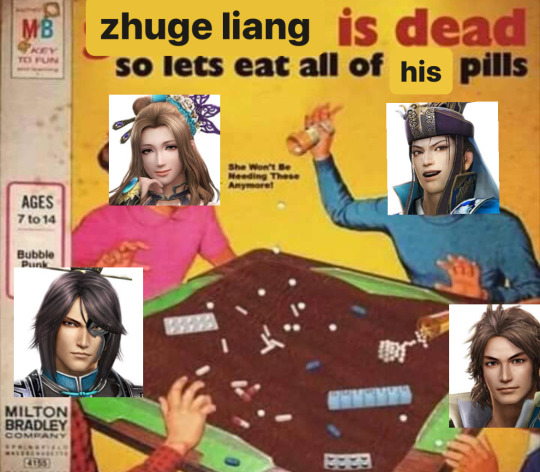
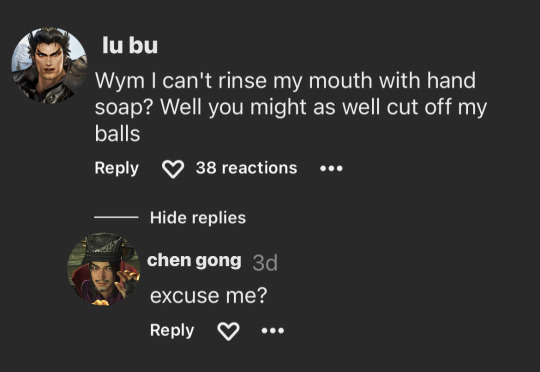
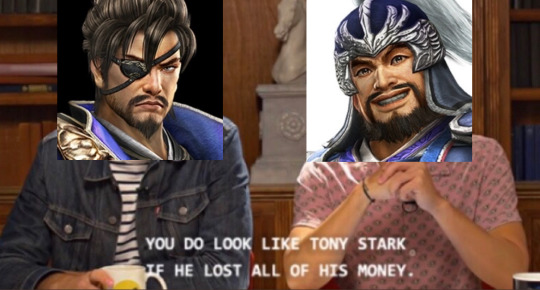
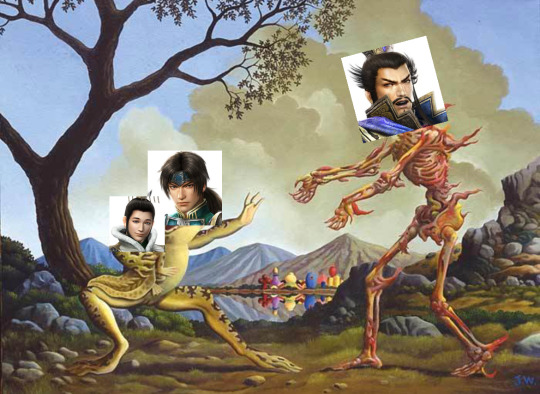

#unnamed friend.jpg#i will add image ids in the morning bc it is 3 am#i used dw8 pics bc i've only played dw8xl haha#shin sangoku musou#dynasty warriors#dynasty warriors 8#sima yi#zhang chunhua#sima shi#sima zhao#liu shan#zhao yun#xiahou dun#xiahou yuan#cao cao#lu bu#chen gong
65 notes
·
View notes
Text



肖顺尧 Xiao Shunyao as Sima Shi 司馬師 in The Advisor's Alliance (大軍師司馬懿之軍師聯盟 / 虎嘯龍吟)
This was the first role I saw him in way back in 2017, and I'd forgotten about him entirely until Mysterious Lotus Casebook, and I looked him and a lightbulb went off in my brain. "Oh, he was the hot son," I thought. (Sorry, TJC fans.)
I have always been of the thought that Yaoyao needs to grow out his beard, he does look quite good with a goatee.
42 notes
·
View notes
Text
Xiao ShùnYáo 肖順堯 & Tán JìanCì 檀健次
The Advisors Alliance- Growling Tiger Roaring Dragon 軍師聯盟之虎嘯龍吟 in-drama advertisement.
The secret messages are for sharing, not for fighting.
#tan jianci#xiao shunyao#the advisors alliance#cdrama#chinese actors#sima shi#sima zhao#i wanna see them acting together again#YáoYao and DuoDuo as brothers! ❤
19 notes
·
View notes
Text


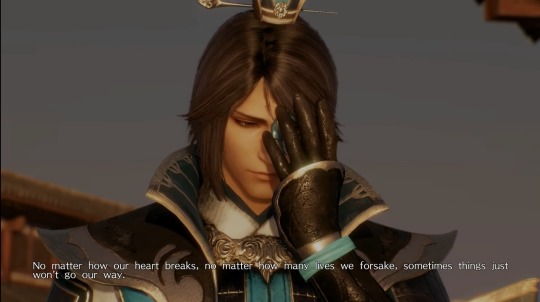



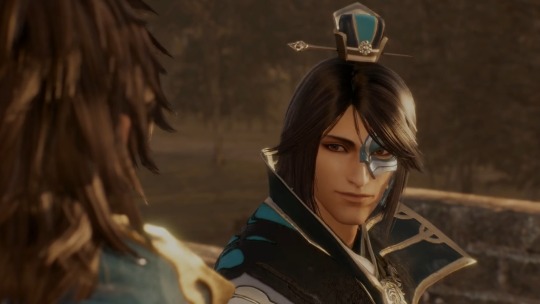
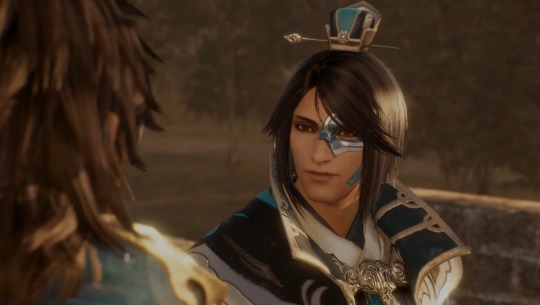
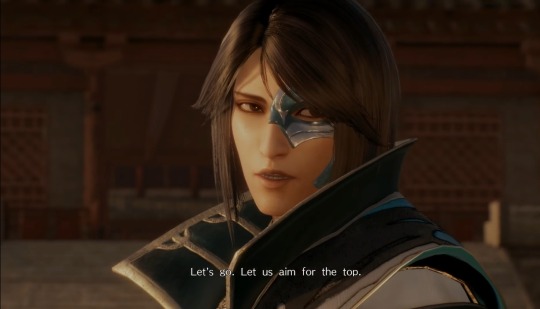
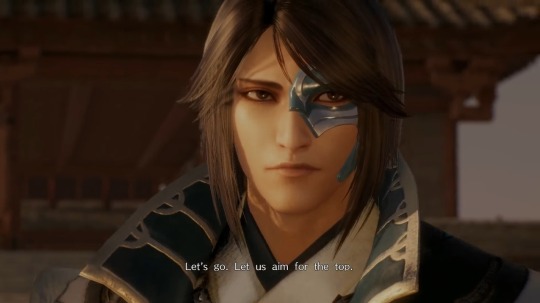
3 notes
·
View notes
Text
Permission to beat Sima Zhao around the head? I mean obvs his mom gets first dibs but. 😑
#If the point of this drama is to make me love Sima Shi then mission accomplished but omg get on with it#It's 2/3 the character and 1/3 Xiao Shunyao's work. The guy is not half bad.#So many good actors stuck in idol drama limbo when they deserve more
10 notes
·
View notes
Text


Cdrama: Long for Fish (2024)
new drama#献鱼 #陈飞宇 #王影璐 #ซีรีส์จีน #cdrama #chinesedrama #youku
Watch this video on Youtube: https://www.youtube.com/shorts/Vx3-rneP6D0
#Long for Fish#献鱼#Offering Salted Fish to Master#Offering Fish#Offering Sailed Fish#Fish Offer#Xian Yu#Xiang Shi Zu Xian Shang Xian Yu#獻魚#向師祖獻上咸魚#向师祖献上咸鱼#2024#youtube#cdrama#chinese drama#shorts#short video#Youku#behind the scenes#adelanto#trailer#Arthur Chen#Chen Fei Yu#Sima Jiao
10 notes
·
View notes
Text
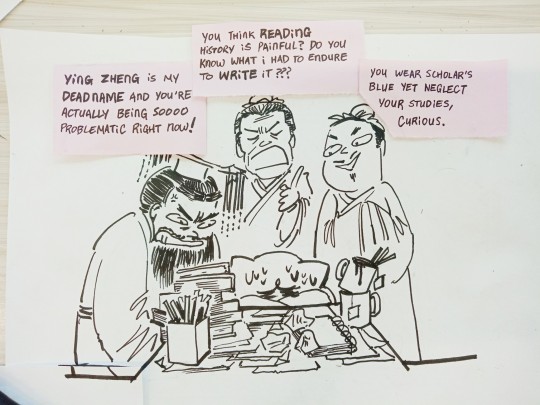
historian by way of tumblr webcomic.
#qin shi huang#sima qian#luo guanzhong#i am a scholar the same way a lemon is techincally a battery#gtc
49 notes
·
View notes
Text
Not me just realising now that my best boy Sima Shi from Advisors Alliance is that one guy in mlc whom I have seen on my dash intermittently!
He looks waaaayyy hotter with a beard and a topknot. Just sayin.
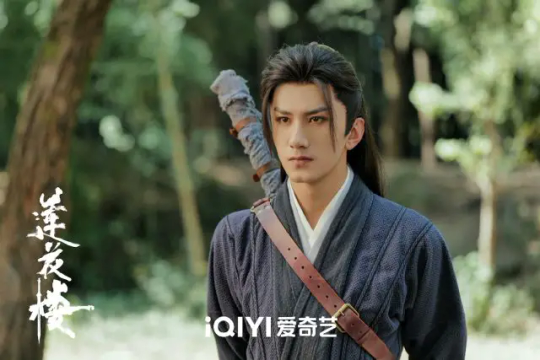

(sitting here hoping this will convince more people to watch AA)
#Sima Shi#di feisheng#Is apparently his name idk#xiao shunyao#mysterious lotus casebook#Mlc#The advisors alliance
38 notes
·
View notes
Text
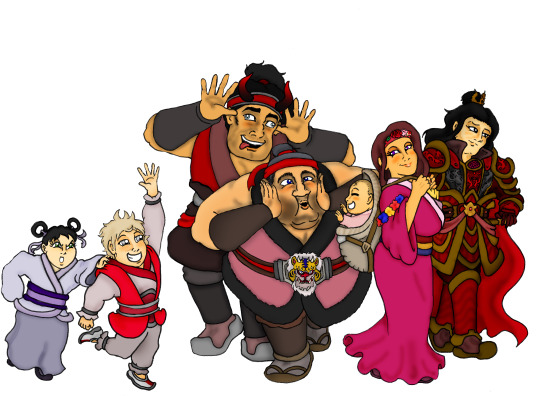
Cao Cao Only Hires Professionals...
#three kingdoms#romance of the three kingdoms#han dynasty#historical fiction#ancient china#webcomic#ttoca#cao cao#sangoku#sanguosha#lady bian#bian shi#cao pi#dian wei#xu chu#xu zhu#sima yi#zhang chunhua
0 notes
Text
i love the hilarious eunuch ranking system by @welcometothejianghu so i decided to make one based on (mostly) REAL historical chinese enunchs!
in chronological order:
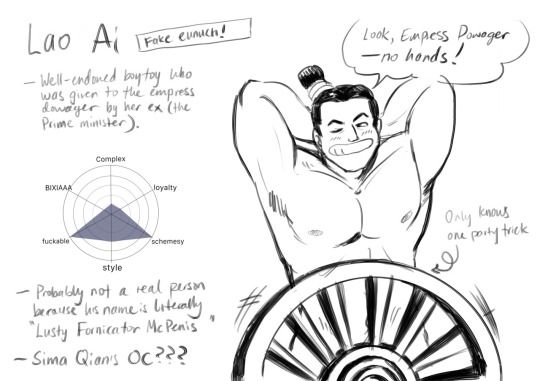
Warring States Period long story short, the PM is sleeping with the Empress Dowager, and he wants to extracate himself before her son (future Emperor Qin Shi Huang) gets old enough to find out. the PM finds her a suitable replacement, and the replacement is attached to a guy named Lao Ai. They pluck his beard and pass him off as a eunuch so he can sneak into the palace. Bing bang boom everyone's happy. This goes terribly wrong later, since Lao Ai tries to replace the emperor with his own kids and stages a failed coup. rest in pieces buddy...
it's very likely that Lao Ai was a ficticious character invented by Sima Qian, who will be appearing on this list later.
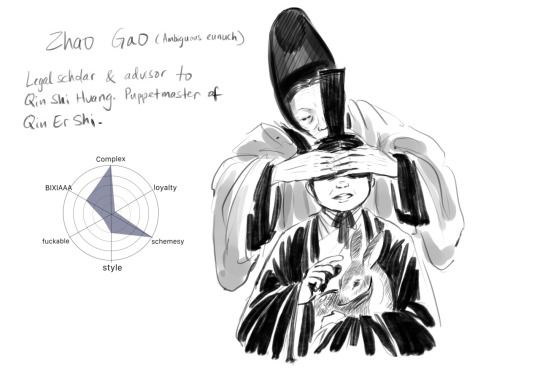
Qin Dynasty
Zhao Gao helped the first emperor of China conquer an empire, and administer it efficiently with his legal knowledge, but he also made the second emperor into a puppet, and weakened the empire for his own political gain. Max points of complexity, but you'd get more loyalty out of a coffee club punch card.
Before launching his soft coup, he decided to test the waters by bring in a deer and gaslighted the emperor by calling it a horse. the officials who were loyal to him called it a horse, and he executed the rest.

Han Dynasty Jiru, male favourite of Emperor Gaozu (Liu Bang), the peasant scoundrel who became the founder of the Han Dynasty. look, if the emperor has a harem of hundreds of women and you manage to catch his attention, you max out in style points. simple as. for most of chinese history it was fairly common for high-ranking men, especially eunuchs, to wear make up like powder and rouge, but i decided to give Jiru some women's huadia as well, cause he's a baddie.
Jiru gets a bad rap for alledgely distracting the emperor from his duties, but lets be real, history is written by civil officials who have no shortage of professional jealousy and gender/sexuality related prejudice towards eunuchs, since they were the personal attendants of royalty and could exert a lot of influence. plus Liu Bang was already pissing in the hats of confucian scholars, most of the poor work ethic is on HIM. Jiru should get credit for making him marginally less of a troglodite.
all in all he didn't try any court intrigue so extra points for loyalty and complexity. free my man >:( he's just a Han dynasty Monica Lewinsky who got slutshamed by jealous coworkers >:(
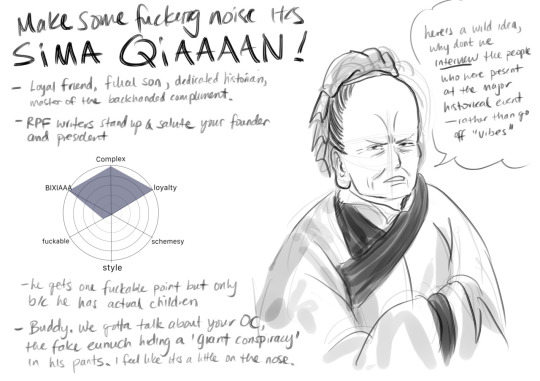
Han Dynasty
meet the father of east asian history, sima qian. half the people on this list can owe their placement here thanks to his extremely though history books "records of the grand historian"
history at this time was mostly "creative writing" and sima qian attempted to give the practise more academic intergrety, he went out and personally interviewed people, tried to get primary sources, and got rid of most of the more fanstastical aspects. however, he was not without his biases and some texts can be seen as allegorical/veiled insults towards the Han Dynasty, especially towards Emperor Wu. unlike most of the people on this list, sima qian was from the gentry and castated later in life as a punishment for treason. he was implicated after trying to defend a friend, and could not pay the fine to commute his sentence. the gentlemen at the time were expected to die by suicide rather than live with such ignimony, but sima qian chose to live so he could finish writing the history book his father started. the "giant conspiracy" joke explained: the chinese word for penis is a homophone for "conspiracy".
811 notes
·
View notes
Text
To Be Hero X: Top 10 Heroes’ Chinese Voice Actors
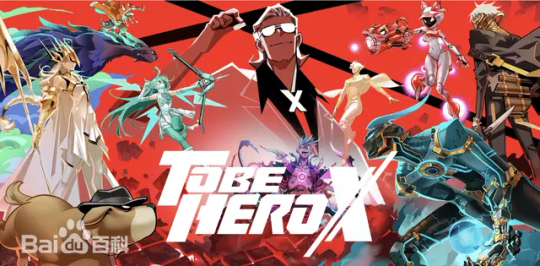
Info is taken from the TBHX Baidu page. For the VAs’ other roles, I’m only listing those I’m familiar with…which is limited to danmei* audio drama adaptations and very few donghua originals and danmei donghua, so uhhh sorry about that. Just check out their other roles by following the links in Baidu.
*Danmei = Chinese BL

Top 10 Heroes
1. Wèi Chāo 魏超 as X

Donghua roles:
Qian Jin in Link Click Season 2
Qing Xiong in Tianbao Fuyao Lu
Shi Xuejin in Da Wang Rao Ming (Spare Me, Great Lord!)
Audio drama roles:
Lan Wangji in Grandmaster of Demonic Cultivation
Zhao Haochang in Silent Reading
Qi Fengge in Thousand Autumns
Li Feng in Sha Po Lang
My man is in a lot of big name danmei omg
2. Liú Xiàoyú 刘校妤 as Queen

Other animation roles:
young!Du Fu in 30,000 Miles from Chang’an (this is a big movie!)
(Unfortunately, I’m not familiar with her many other animation roles…)
Some audio drama roles:
Empress Ming Rui in Emblem of the Phoenix
Sima E in Offering Salted Fish To Master (not danmei)
Chu Huang in Black Moonlight Holds the BE Script (not danmei)
(I actually don’t know any of these works. I just didn’t want to leave Queen’s section empty…)
3. Chén Zhāng Tàikāng 陈张太康 as Liang Long (Dragon Boy)

Audio drama roles:
Hua Cheng from Heaven Official’s Blessing (omg 👀)
Li Heng in Tianbao Fuyao Lu Season 1
Cheng Yixie in Kaleidoscope of Death
The Male System in Global University Entrance Examination
Zong Jiu in Thriller Trainee (OMGGG 👀👀👀)
Lin Si in Cat’s Rose
Lin Qingyu in Married Thrice to Salted Fish
Su Cheng in Welcome to the Nightmare Live
Xie Qibao in The Daily Life of Being the Campus Idol’s Fake Boyfriend
....and a lot more danmei. I thought X being in many big-name danmei AD was impressive enough, but holy shit LL’s VA is in even more of them.
4. Cháng Wéntāo 常文涛 as Mo Sha (Ghostblade)

Donghua roles:
Liu Fei in Tianbao Fuyao Lu
Audio drama roles:
Zheng Shu in Cat’s Rose
Xiao Cheng in Married Thrice to Salted Fish Season 2
Xi Chengyun in A Contractual Marriage with the Best Leading Actor
Ruan Tanzhu in Devil Venerable Also Wants to Know (OMGGG 👀)
Sun Heguang in Transmigrating Into The Heartthrob’s Cannon Fodder Childhood Friend
蛇女目 (idk how to write this as a name) in The Fallen Merman
Meng-xiansheng (Mr. Dream) in The #1 Pretty Boy of the Immortal Path
Multiple side character roles in Kaleidoscope of Death (too lazy to list them all here)
5. Jǐn Lǐ as Xiao Qiang (Little Johnny)

VA for Da Qiang (Big Johnny) hasn't been announced yet
Other animation roles:
Li Tianchen in Link Click Season 2
Nezha in the Legend of Luo Xiaohei fan animated manhua
Audio drama roles:
Kong Hongjun in Tianbao Fuyao Lu
Jiang Fang in Forces of Temptation
Jiang Xinghong and Feng Yongle in Kaleidoscope of Death
Daoist A (extra) in The Husky and His White Cat Shizun
Ling Ke in The Daily Life of Being the Campus Idol’s Fake Boyfriend
Mo Qiu in Flying Gulls Never Land (HOLY SHIT THIS IS A GOOD ONE)
young!Guan Ye in Turing’s Code
Wu Zu in Pixiu Restaurant, No Way Out
young!Gu Jianshen in Want to Ascend? Then Fall in Love
Shi An in After the Abyss Dragon Awakens
Xiao Jie in Married Thrice to Salted Fish
More of his roles can be found here. (The wrong page is linked in the TBHX Baidu page)
6. Qián Chēn 钱琛 as Loli

Other animation roles:
Yu Xia in Link Click
Su Shu in Those Years I Opened a Zoo
Young! Jin Ling, Wen Yuan, Xue Yang, and Qin Su (she’s voicing all the kids lmao) in Grandmaster of Demonic Cultivation
Audio drama roles:
Zhang Ting and Guo Fei in Silent Reading
Luo Sixue in The Pheromones Say We Have No Chance
Chen Xi in Hard to Please (aka First Frost)
The blonde maiden in Forces of Temptation
young!Jiang Songyi in When Two Alphas Meet, One’s an Omega
Several side characters in After Getting A Job in the Nether World, I Became Famous (this is a good novel btw, you guys should check it out)
Apparently, she’s also in Summit Dueling (aka Beloved Enemy), but it didn’t list what role she played...
7. Zhào Shuǎng 赵爽 as Lucky Cyan

Other animation roles:
Xu Shanshan in Link Click
Lu Xiaoyu in Da Wang Rao Ming (ohh that’s cute)
The female App voice in Those Years I Opened a Zoo (So that was her, lmaaao)
Zhao Nishang in No Doubt in Us Season 2
Xiaoyao Xinghe in My Dashixiong is a Villain/My Dashixiong has a Hole in His Brain (aka What’s Wrong with my Big Brother?)
Audio drama roles:
young!Chang Geng and young!Gu Yun in Sha Po Lang (lmaaao the main characters have the same voices as kids)
Chen Chen in Silent Reading
Lily in Little Mushroom
Yao Yao in When Two Alphas Meet, One’s an Omega
Chen Jiao in After Getting A Job in the Nether World, I Became Famous
Liu Jiayi in I Became a God Horror Game (HOLY SHIT, THIS IS MY FAVORITE NOVEL!!!! And she plays the Liu Jiayi??? Oh my lord)
8. Zhāng Fúzhēng 张福正 as Ahu

Other animation roles:
Chen Xiao in Link Click
A’Tong and Xue Yang in Grandmaster of Demonic Cultivation
Shao Wuxing in Those Years I Opened a Zoo
Yang Jian in The Parting of the Orchid and Cang (aka The Farewell of Changlan, Love Between Fairy and Devil) (not danmei)
Audio drama roles:
Several side characters in Sha Po Lang
Xiao Haiyang in Silent Reading
Yu Tang in Your Majesty, Stop Making Trouble (listed as Stop Bothering Me, Emperor in NovelUpdates but I think that’s a mistranslation)
Zhang Guanyao in Breaking Through the Clouds
Pro 4.0 in Turing’s Code (Pro is short for Prometheus and is an AI designed by the side characters. Interesting that Ahu’s VA has done a tech voice..)
Bai Chunian in The Fallen Merman
Lu Changting in Licking Honey off a Knife Edge
Lin Xinlan in Mist
Lu Yizhan in I Became a God in a Horror Game (another GHG character!!!)
Xiao Jue in Rebirth of the Female General (aka Rebirth of the Star General, Legend of the Female General) (not danmei, but this is a popular baihe (Chinese GL))
9. Yáng Kǎiqí 杨凯祺 as Hun Dian (aka E-Soul)

(Not familiar with any of his donghua roles, so I’m not listing them here)
Audio drama roles:
General Xiao Cai and Chen Feiyun in Sha Po Lang
A Researcher in Little Mushroom
Xiao Wu in Silent Reading
Cheng Da Lang in Liu Yao: The Revitalization of Fuyao Sect
Wang Lili in After Getting A Job in the Nether World, I Became Famous
Wen Fei in Want to Ascend? Then Fall in Love
Chen Anzhi in After the Global Evolution, I Stand at the Top of the Food Chain
Fang Xue in Pheromones Say You’re Not Innocent
Zhang Shao in Flying Ashes
Jiang Yan in The True Scandal
10. Gǔ Jiāngshān 谷江山 as Nice and Lin Ling
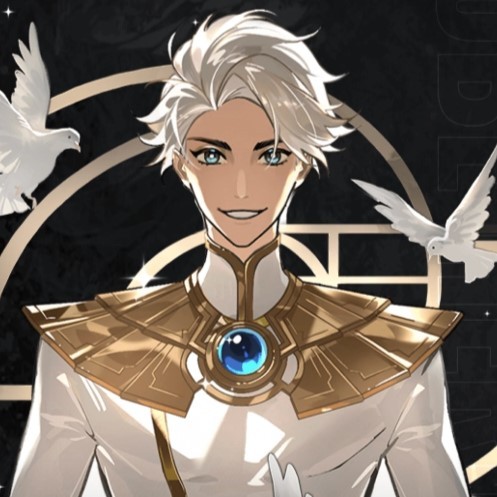
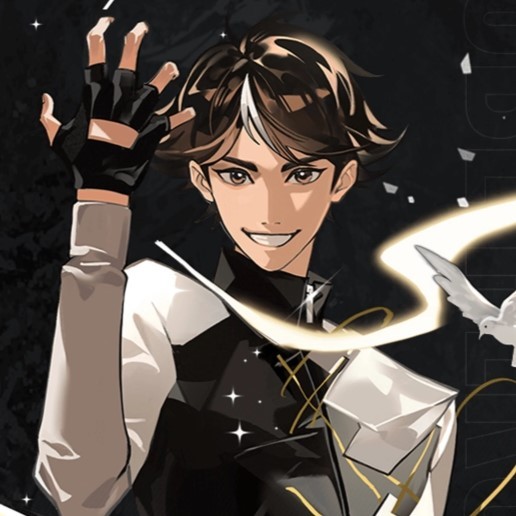
Other animation roles:
Jin Zixuan in Grandmaster of Demonic Cultivation (OMG 👀)
Jiang Yuanzheng in No Doubt in Us
Liu Xuanyu in Da Wang Rao Ming
Xiao Nanzhu in Chinese Almanac Master
Audio drama roles:
Yuan Yang in Summit Dueling, aka Beloved Enemy (HE PLAYS THE SCUMMY MALE LEAD LMAAAO 😂)
Mo Ran in The Husky and His White Cat Shizun (HELLO??? ANOTHER SCUM GONG FOR MR. “NICE” GUY??? AGSDJHFGSDJHGFJ)
Zhang Donglai in Silent Reading
Josh (aka Josie) in Little Mushroom
Li Yun in Liu Yao: The Revitalization of Fuyao Sect
Lao Bai (is this the White Impermanence? I’ve forgotten…) in After Getting A Job in the Nether World, I Became Famous
Fang Xiaojie in Old Fogey Goes Down The Mountain
Pei Qing in There Is Something Wrong with My Capture Target
Eris (厄里斯) in The Fallen Merman

There are many roles I didn’t include and some I wished I had but was too lazy to go back and add them. I think there were more of them in Chinese Almanac Master, True Scandal, and The Fallen Merman, but I just missed it...
But yeah guys, it’s not just the JP cast. All the Chinese VAs are “stacked” as well. They’ve been in lots of big name projects.
If there are any errors in this post, just tell me in the notes or send me an ask. I went through each VA very quickly coz I wanted to get this done in under an hour so I can get back to my readings for class lol
#I AM REELING#the va’s are in sooo many danmei#some i’ve read and some are still in my tbr#maybe this is the sign to finally read them#to be hero x#tu bian yingxiong x#凸变英雄X#tbhx#tbhx voice actors#danmei#<- yeah this deserves a tag#miyamiwu.tl#miyamiwu.src#donghua
94 notes
·
View notes
Text
Xiao ShùnYáo 肖順堯
The Advisors Alliance- Growling Tiger Roaring Dragon 軍師聯盟之虎嘯龍吟 in-drama advertisement.
YáoYao's Trojan horse vehicle.
11 notes
·
View notes










